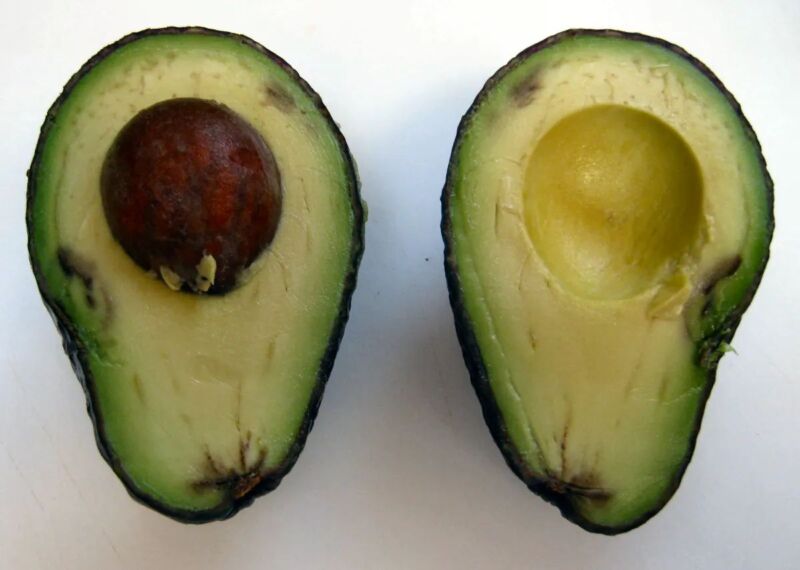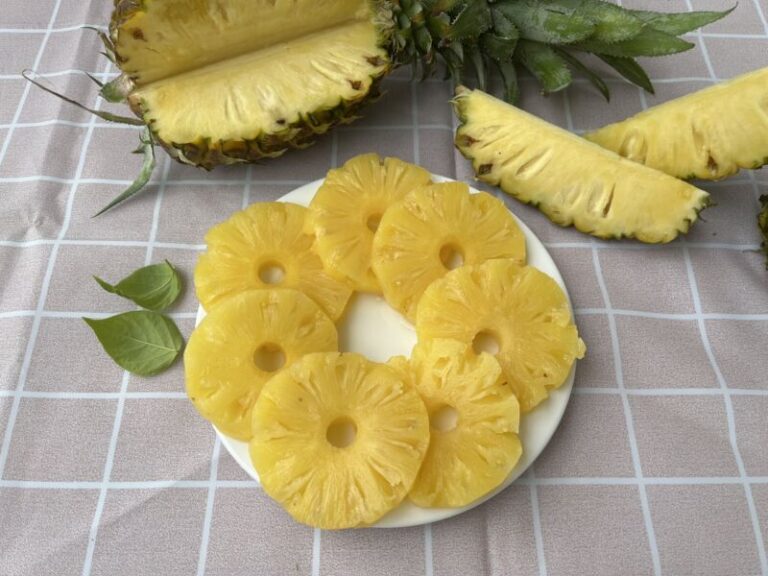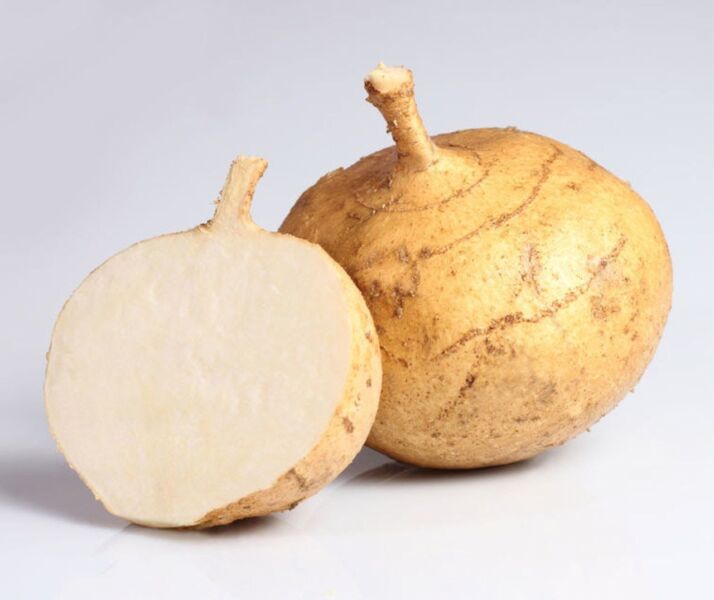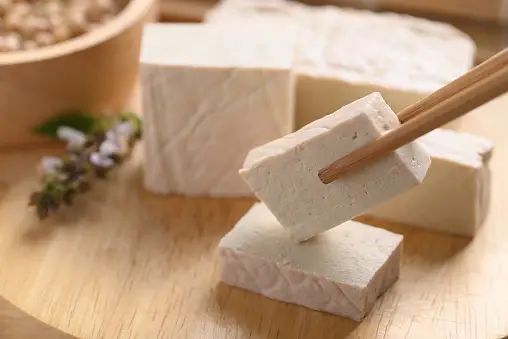Stringy Avocado? No Problem! Here’s How to Make it Creamy Again
Avocados are delicious and nutritious fruits that have become increasingly popular over the years. Their rich, creamy texture makes them perfect for guacamole, smoothies, toast, and more. However, nothing is more frustrating than cutting open an avocado only to find it full of unpleasant stringy bits.
In this article, we’ll discuss the reasons why some avocados get stringy, whether it’s still safe to eat them, what exactly the strings are, and how to easily remove them so you can still enjoy your avocados.
Reasons for Stringy Avocados
There are a couple key reasons why you may end up with stringy avocado flesh:
Avocado Picked From a Young Tree
Avocados harvested from younger trees are more likely to have visible vascular bundles, which are typically referred to as the “strings” in avocados. The vascular bundles are part of the plant’s vein structure that transports water and nutrients to the fruit as it develops. In mature avocado trees, these vascular bundles are smaller and not as noticeable.
Improper Storage
Storing avocados at overly cold temperatures can also sometimes lead to stringy flesh. The cold causes the oxidation of the avocado fats which can change the texture.
Is It OK To Eat Stringy Avocado?

The good news is that a stringy avocado does not necessarily mean it has gone bad. If the fruit is still relatively firm and green with no dark blemishes, it should be fine to eat.
However, take caution if you notice dark or black stringy bits in the avocado as that likely indicates overripeness and spoilage. At that point, the flesh may be brownish, soft, and give off a rancid odor. An avocado with those signs is past its prime and best avoided.
Whether or not to eat a stringy avocado comes down to personal preference. Some find the texture unappetizing and will discard stringy avocados. Others don’t mind the strings and happily eat them as is.
What Are The Strings In Avocados?
As mentioned earlier, the stringy bits in avocados are vascular bundles. These bundles consist of xylem and phloem tissues:
- Xylem transports water and minerals from the roots up to the fruit.
- Phloem transports sugars and other compounds made during photosynthesis from the leaves down to the fruit.
Together, these vascular tissues deliver the nutrients and water needed for the avocado to grow and mature. They form vein-like structures throughout the fruit.
The amount of visible strings differs between avocado varieties. Some types like Hass are less stringy compared to varieties like Bacon or Zutano which tend to have more pronounced strings.
Research also suggests that the vascular bundles become less noticeable later in the growing season due to increasing activity of cell wall-degrading enzymes and structural changes within the fruit. So picking an avocado when it’s perfectly ripe can potentially minimize unpleasant strings.
Why Is My Avocado So Stringy?
There are a few potential reasons why your avocados may be turning out overly stringy:
Early Season Harvesting
Avocados picked early in the harvest season are more prone to stringiness. As mentioned earlier, the strings tend to diminish later in the season as the fruit fully matures.
Young Avocado Trees
Today’s huge demand for avocados means farmers are planting new trees rapidly. Many commercial groves contain a mix of young and mature trees. Since younger trees tend to produce stringier avocados, this can lead to inconsistency.
Poor Handling
Any rough handling of the fruit during harvesting, storage, and transport can cause internal damage that brings the strings to the surface. Treating avocados gently helps maintain quality.
Avocado Variety
Some avocado varieties are simply more prone to stringiness due to their genetics. For example, the thin-skinned Bacon avocado tends to have more noticeable strings.
What Can I Do With A Stringy Avocado?
When you end up with stringy avocado flesh, don’t be so quick to toss it in the trash. You have options to salvage it!
Eat The Strings
If the avocado is still firm and green, go ahead and eat it strings and all! The strings themselves don’t have much flavor and are harmless to eat.
Remove The Strings
Cut the avocado in half lengthwise around the pit. Scoop out the flesh into a bowl. Then, working in batches, squeeze and mash the avocado through a fine mesh strainer or sieve using a flexible spatula or spoon. The strings will get caught in the strainer while the creamy flesh passes through. Scrape off any flesh still clinging to the strings and discard. Continue straining the batches until you’ve removed all the strings.
Make Guacamole
Stringy avocado is perfect for pureeing into guacamole. Simply scoop the flesh into a food processor or blender. Add lime juice, garlic, onions, tomatoes, salt, pepper, cilantro, and any other desired ingredients. Process until smooth. The strings will become incorporated into the dip.
Blend Into Smoothies
Add stringy avocado to your favorite smoothie recipe for extra nutrition and creaminess. Blend it up with milk, yogurt, banana, berries, spinach, or kale. The avocado strings will blend seamlessly into the drink.
Mash Onto Toast
Stringy avocado can still be mashed onto toast. Cut and scoop out the avocado as normal and mash/mix with some lemon juice, salt, and pepper. Spread atop your favorite toast, bagel, or English muffin. Top with desired garnishes like tomatoes, onions, bacon, feta, and more!
Preventing Stringy Avocados
To minimize unpleasant stringiness, keep these tips in mind when selecting avocados:
- Purchase avocados from mature groves later in the harvest season if possible.
- Handle avocados gently during transporting and storage to avoid internal damage.
- Allow avocados to ripen until slightly soft before cutting. Don’t use rock hard fruit.
- Select varieties like Hass which are less prone to stringiness.
Keep in mind that some amount of strings is normal. With the right techniques, stringy avocados can still be enjoyed!
The Takeaway on Stringy Avocados
Don’t let a few stringy bits stop you from reaping the nutritional rewards of avocados. While no one likes the unpleasant mouthfeel, stringiness alone does not indicate spoilage or poor quality. With the simple tips above, you can remove the strings and transform stringy avocados into smooth guacamole, pudding, or toast topping.
Understanding what causes stringiness enables you to select and handle avocados in ways that minimize the strings. But when they still pop up, rest assured your avocado is likely still perfectly safe to eat and enjoy!
Do you have any other favorite uses for stringy avocados? Let us know in the comments!






